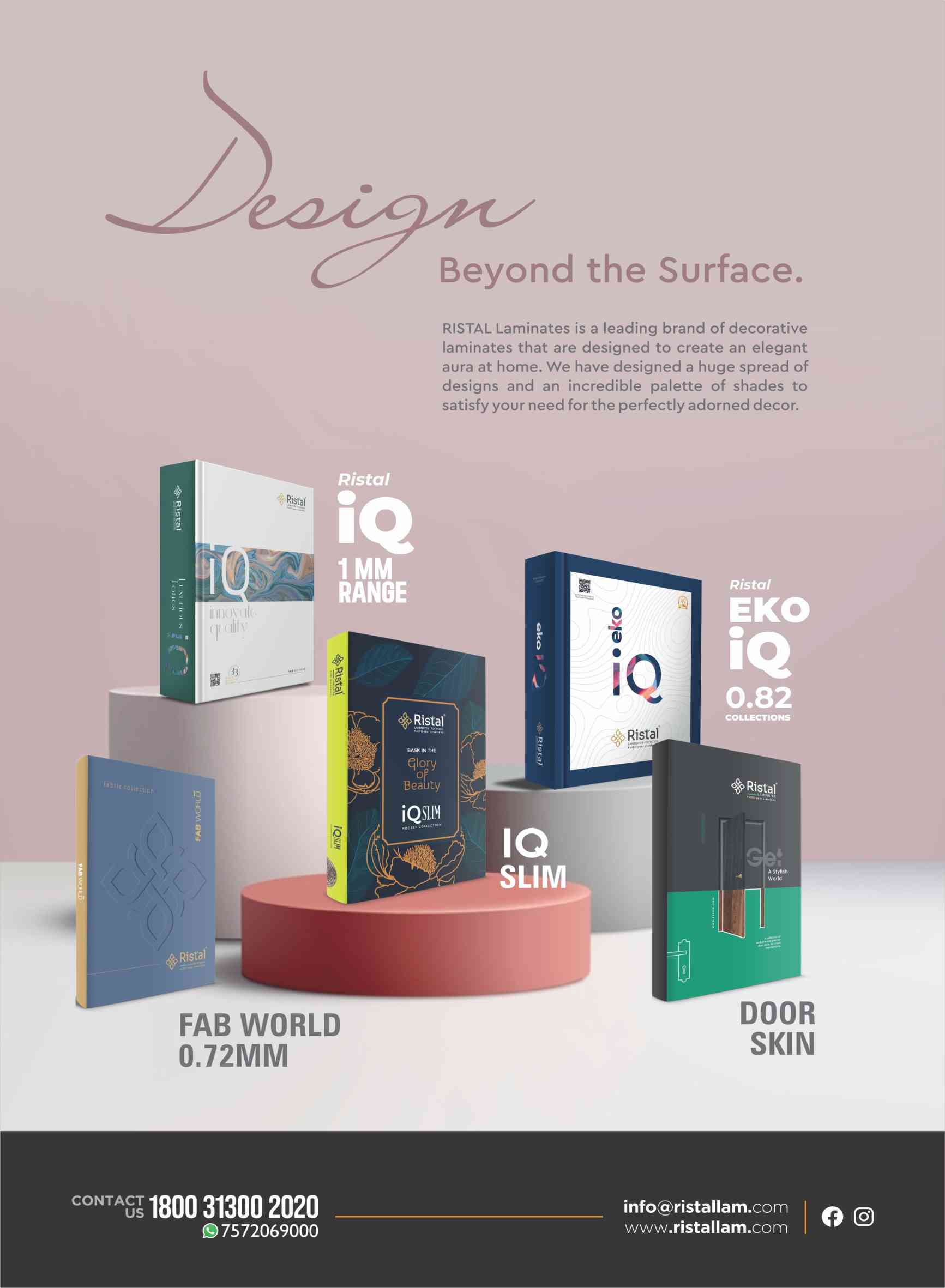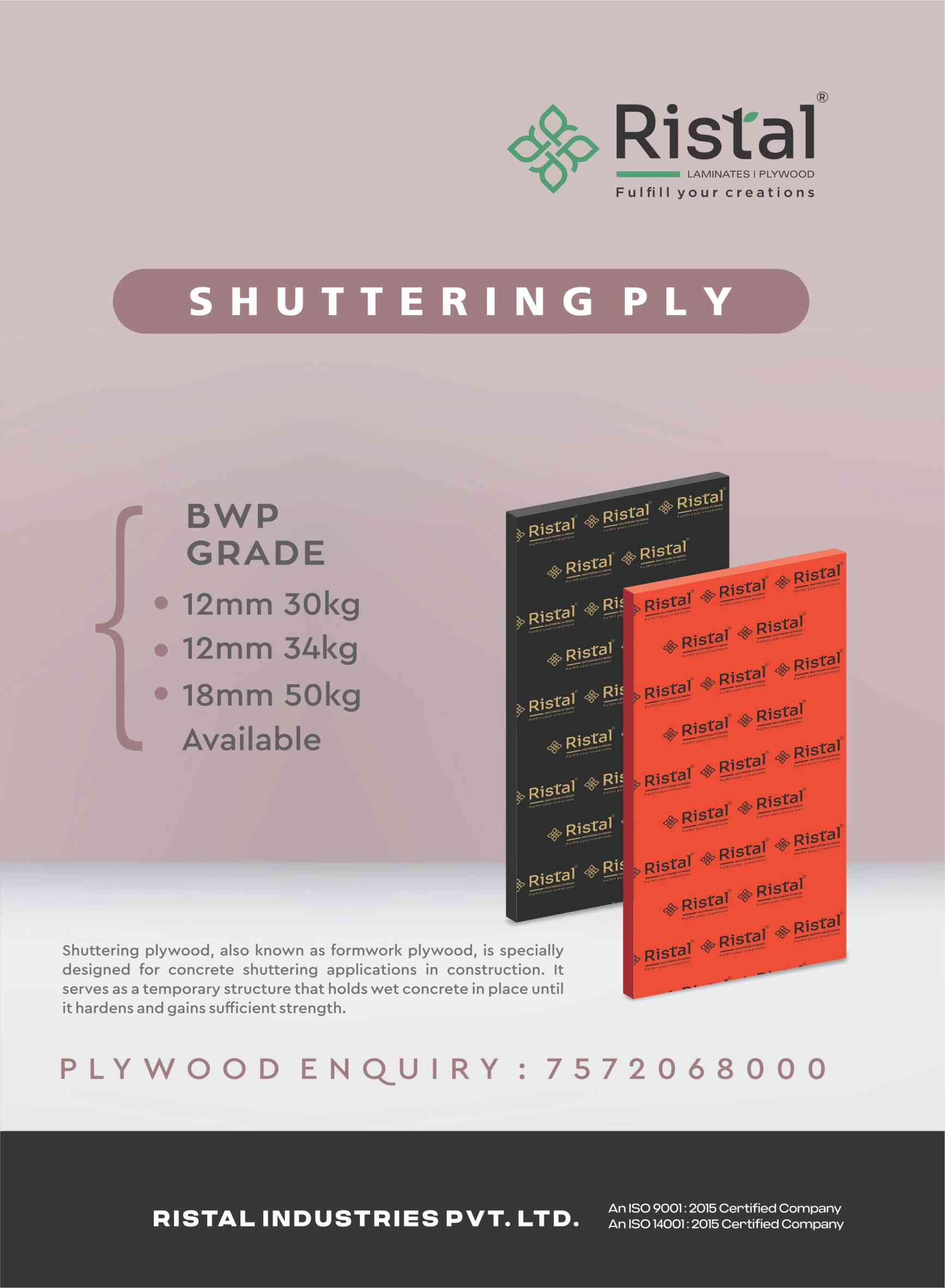Wastage of Resources in Ind Ply Mfg. Part 1
- June 2, 2021
- 0
Part 1
The Indian commercial grade plywood manufacturing is currently characterised by a phase of panic, hurry, race and stress. Why? In order to replicate a “success” achieved in another factory by adding a few things into the resin and obtaining (seemingly) “better” results in strength/bonding/boiling. The person, who brought in this ‘technology’ from another factory, obviously becomes the master in his new arena of operation. He is rightly a hero for the current situation and the ‘benefits’ he has brought into the factory. A person who can colour a lighter face veneer into gurjan colour (with the most toxic chemical combinations), who can provide 2 hours of boiling resistance in plywood with minimum melamine addition (thereby ‘reducing’ resin cost), who can provide non-delaminating edges in plywood, who can colour the light core veneers into gurjan colour and help the factory sell as gurjan hardwood (must be rock-hard and feel like a ton of weight) plywood – is, rightly, the most sought after production man in the industry (most of the factories in the industry).
The Liquor Ammonia Syndrome – A New Psychological Disorder
The current consideration is such that a person who does not use liquor ammonia in commercial plywood manufacturing simply does not know how a plywood is manufactured.
The effects of Nitrogen toxicity in atmosphere is a known and established fact due to various other reasons such as uncontrolled fertiliser use, emissions from water and soil etc. In addition, the industry too extensively uses liquid ammonia in the concentration ranges of 28 to 35%. Uncontrolled use of liquid ammonia by the industry can add significantly to nitrogen toxicity further. A factory uses anywhere between 20 to 50 Litres of liquor ammonia in a day. Say 30 Litres (60 Litres during 24 hours production). In addition to this, many units have started indiscriminate use of liquid ammonia at immeasurable levels for the so-called ‘smoking’ of face veneers, and even for darkening core veneers in some places. At roughly around 3500 units across the country, I would like to put the daily average use of liquid ammonia at not less than 350,000 Kg per working day. That’s a contribution of a whopping 122,500 Kg of ammonia gas a day by just one of the industry sectors. What for? To avoid the so-called ‘dry-out’ of resin, and to smoke face and core veneers in order to satisfy an ignorant market.
The effort put into ‘darkening’ of face veneers and core veneers of general purpose plywood may as well be utilised in order to ensure proper preservative treatment-dipping which would be of much higher benefit and a win-win situation for industry and the market.
The Green Dipping Syndrome
Any set of green coloured plywood sheets stacked up beautifully is ‘marine’ plywood. The green comes from deadly chromates (sometimes with Arsenic too) handled effortlessly by unassuming and ignorant workers. The ecological and biodiversity effects from effluents of these are only a wild guess even to an averagely educated reader, in addition to the risks posed to the worker(s) handling these. Again, calculations of usage of these toxic chemicals would run into hundreds of tons. Mostly just to show the plywood as green coloured ‘marine’ grade plywood. The cumulative chemical-use wastages are enormous in the sector – considering the fact that they do not help in long term protection too.
Water Resource Misuse
We all are very happy and proud to spread banners and pictures about saving water to each other on WhatsApp messenger and other prominent social media. When it comes to resin plants, cooling towers, & other water use areas in the plywood/panel industries sector, water is one of the most misused resources. Leaking/overflowing tanks and storages, excessive wastage of condensed water and resin kettle jacket water, unscientific management of cooling towers, misuse of water used for making ‘treatment’ solutions… Wastage can be observed almost everywhere.
Effluents may be simply ejected out of factories with total disregard to surroundings and ground pollution. Genuine water audit may be made mandatory for all units under the plywood/panel sector.
भारतीय वाणिज्यिक ग्रेड प्लाईवुड निर्माण वर्तमान में, घबराहट, जल्दबाजी, दौड़ और तनाव को परिलक्षित करता है। क्यों? ग्लु में कुछ चीजें डालकर और किसी अन्य कारखाने में प्राप्त सफलता को दोहराने के लिए बेहतर मजबूती/जुड़ाव/ उबलते पानी परिणाम मिलते हैं। जो व्यक्ति इस तकनीक को अन्य कारखाने से लाता है, वह स्पष्ट रूप से संचालन के अपने नए क्षेत्र में मास्टर बन जाता है। वह वर्तमान स्थिति और कारखाने में लाए गए लाभ के लिए सही मायने में एक नायक ही है। एक व्यक्ति जो हल्के रंग वाले फेस को गुर्जन रंग में (जहरीले रसायनिक संयोजनों के साथ) रंग सकता है, जो न्यूनतम अतिरिक्त मेलामाइन (जिससे ग्लू की लागत को भी कम किया जा सकता है) के साथ प्लाईवुड में 2 घंटे उबलते पानी में प्रतिरोध प्रदान कर सकता है, जो प्लाईवुड में किनारों के गैर विघटन प्रदान कर सकता है, जो हल्के कोर विनियर को गुर्जन रंग में रंग सकते हैं और कारखाने को गुर्जन हार्डवुड प्लाइवुड (राॅक-हार्ड होना चाहिए और वजनी की तरह महसूस होना चाहिए) के रूप में बेचने में मदद करते हैं- उद्योग में सबसे अधिक मांग वाला आदमी बन जाता है।
तरल अमोनिया: एक नया मनोवैज्ञानिक विकार
वर्तमान अवधारणा यह है कि एक व्यक्ति जो वाणिज्यिक प्लाईवुड निर्माण में तरल अमोनिया का उपयोग नहीं करता है, वह यह नहीं जानता कि प्लाईवुड कैसे बनाया जाता है।
वातावरण में नाइट्रोजन विशाक्तता का प्रभाव कई अन्य कारणों से एक ज्ञात और स्थापित तथ्य है। जैसे कि अनियंत्रित उर्वरक का उपयोग, पानी और मिट्टी से उत्सर्जन आदि। इसक अलावा, उदयोग भी बड़े पैमाने पर 28 से 35 प्रतिशत की सांद्रता रेंज में तरल अमोनिया का उपयोग करता है। उद्योग द्वारा तरल अमोनिया का अनियंत्रित उपयोग, नाइट्रोजन विशाक्तता को और अधिक बढ़ा देता है। एक कारखाना एक दिन में 20 से 50 लीटर तरल अमोनिया का उपयोग करता है। औसतन 30 लीटर (24 घंटे के उत्पादन के दौरान 60 लीटर) कहें। इसके अलावा, कई इकाइयों ने फेस विनियर के तथाकथित स्मोकिंग के लिए और यहां तक कि कुछ जगहों पर कोर विनियर को काला करने के लिए अथाह स्तरों पर अमोनिया का अंधाधुंध उपयोग शुरू कर दिया। देश भर में लगभग, 3500 इकाइयों में, मैं तरल अमोनिया का दैनिक औसत उपयोग 350,000 किलोग्राम प्रति कार्य दिवस से कम नहीं रखना चाहूंगा। यह उद्योग के किसी एक क्षेत्र द्वारा प्रतिदिन 122500 किलोग्राम अमोनिया गैस का उत्सर्जन है। किसके लिए? एक अज्ञानी बाजार को संतुष्ट करने के लिए, ग्लू के तथाकथित ड्राई-आउट से बचने के लिए, और फेस और कोर वीनियर को स्मोकिंग करने के लिए?
सामान्य प्रयोजन प्लाइवुड के फेस और कोर विनियर का रंग गहरा करने के प्रयास की जगह, उचित प्रिजर्वेटिव ट्रीटमेंट (डिपिंग) सुनिश्चित करने के लिए भी किया जा सकता है। जो उद्योग और बाजार के लिए बहुत अधिक लाभ और जीत की स्थिति होगी।
ग्रीन डिपिंग चलन
हरे रंग की प्लाईवुड का कोई भी सेट खूबसूरती से ढेर (स्टेक) किया जाता है मेरीन प्लाईवुड के रूप में। हरा रंग घातक क्रोमेट्स (कभी-कभी आर्सेनिक के साथ भी) से आता है, जिसे सरल और अज्ञानी श्रमिकों द्वारा सहजता से संभाला जाता है। इसके संपर्क से पारिस्थितिक और जैव विविधता प्रभाव, एक औसत शिक्षित पाठक के लिए भी, एक सहज अनुमान है, इसके अलावा इन्हें संभालने वाले श्रमिकों के लिए जोखिम भी है। फिर, इन जहरीले रसायनों के उपयोग की गणना सैंकड़ों टन में होगी। अधिकतर सिर्फ प्लाईवुड को हरे रंग के मेरीन प्लाईवुड के रूप में दिखाने के लिए। इस क्षेत्र में संचयी रासायनिक उपयोग की बर्बादी बहुत अधिक है इस तथ्य पर विचार करते हुए कि वे दीर्घकालिक संरक्षण में भी मदद नहीं करते हैं।
जल संसाधन का दुरुपयोग
हम सभी व्हाट्सएप मैसेंजर और अन्य प्रमुख सोशल मीडिया पर एक-दूसरे को पानी बचाने के बारे में बैनर और तस्वीरें फैलाते हुए बहुत खुश और गौरवान्वित महसूस करते हैं। जब प्लाइवुड/पैनल उद्योग क्षेत्र में ग्लू संयंत्रों, कूलिंग टावरों और अन्य जल उपयोग क्षेत्रों की बात आती है, तो पानी सबसे अधिक दुरूपयोग वाले संसाधनों में से एक है। लीकेज/ओवरफ्लोइंग टैंक और भंडारण, संघनित पानी और रेजीन केतली जैकेट से पानी की अत्यधिक बर्बादी, कूलिंग टावरों का अवैज्ञानिक प्रबंधन, उपचार समाधान बनाने के लिए उपयोग किए जाने वाले पानी का दुरूपयोग….. लगभग हर जगह बर्बादी देखी जा सकती है। पर्यावरण और भूमि प्रदूषण की पूरी तरह से अवहेलना करते हुए फैक्ट्रियों से बहिःस्त्राव को आसानी से बाहर निकाला जाता है। प्लाइवुड/पैनल क्षेत्र के अंतर्गत सभी इकाइयों के लिए वास्तविक जल लेखा परीक्षा अनिवार्य की जानी चाहिए।































































